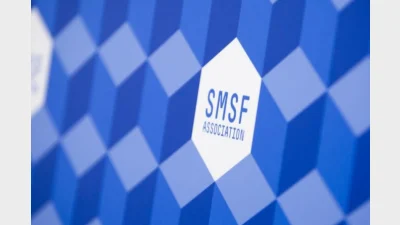SMSF Association cautiously welcomes performance calculations changes


The Self-Managed Super Fund (SMSF) Association has welcomed adjustments made by the Australian Tax Office to align SMSF performance calculations with that of the Australian Prudential Regulation Authority (APRA) but says the changes do not go far enough.
The change was outlined in the ATO’s release of its 2019-20 SMSF statistical overview which advised in line with recommendations from the University of Adelaide’s International Centre for Financial Services (ICFS), with SMSF asset value at the beginning of the period now being used and calculations now based on contributions gross of tax.
Previously, the average value of assets over the period was used and calculations were net of contributions tax.
The association’s chief executive, John Maroney, said: “The ATO’s decision to make these important adjustments is a positive step to ensure a level playing field when comparing the investment performances of the different superannuation sectors.
“However, it’s critical to note that the ICFS’s research estimated these changes, for the period of the review, would have only accounted for between 25% and 50% of the performance gap.
“Given the way the data is collated and the different data inputs (the ATO uses information from SMSF annual returns while APRA uses information from fund financial statements), the ATO’s adjusted median return calculations are still likely to generate materially lower performance estimates relative to APRA-regulated funds (all else being equal).
“For this reason, while it may be appropriate to use the ATO’s ‘median’ investment return figures to compare the performance of the SMSF sector relative to other years, they should not be used to compare the performance of the SMSF sector with other superannuation sectors.”
The SMSF Association said resolving the differences between the ATO and APRA calculation methodologies was the first objective of the research recently commissioned by the Association and released last week by the ICFS.
Maroney said the SMSF Association and ICFS research overcame these differences by using financial statement data from a large sample of SMSFs (the largest data sample ever used for this type of research) to calculate an annual return for each fund based on the same calculation methodology used by APRA to calculate returns for APRA-regulated funds.
“We also caution readers of the ATO’s SMSF statistical overview reports from using ‘average’ SMSF returns that are displayed next to SMSF ‘median’ returns to compare the sector’s performance against other sectors,” he said.
“For the reasons outlined in our research report, average returns that are pooled returns tend to be more representative of the investment performance of the larger funds in the data sample rather than the small funds.”
Recommended for you
The impact of identity theft and its threat to superannuation savings were highlighted in a case that went before the Federal Court at the end of 2023.
A recent NSW Supreme Court decision is an important reminder that while super funds may be subject to restrictive superannuation and tax laws, in essence they are still a trust and subject to equitable and common law claims, says a legal expert.
New research from the University of Adelaide has found SMSFs outperformed APRA funds by more than 4 per cent in 2021–22.
The SMSF Association has made a number of policy recommendations for the superannuation sector in its pre-budget submission to the government.












